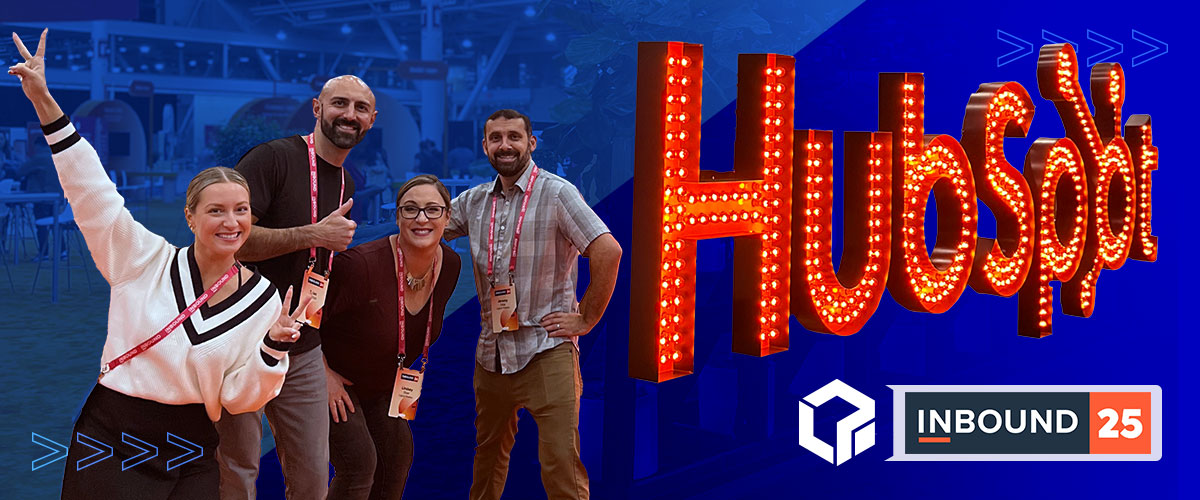I often speak with clients about different ways to approach their strategy when it comes to marketing their brands online. They usually approach me with questions about the latest digital marketing buzzwords or tactics that they’ve read about on popular blogs like Moz or Search Engine Land or maybe they’ve spoken to their more tech savvy friends about strategy. Whether it is SEO, Social Media marketing or putting usable and relevant Content on their website. I, personally, like to get clients to take a step back, take a look at the bigger picture and consider every aspect of their efforts; to put their advertising dollars where it makes the most sense.
If your brand makes a specific part that goes in a medical device that performs an important function and is more cost effective than your competition, then maybe spending a large chunk of change on a social media marketing campaign with a lovable mascot that appeals to children isn’t for you. However, maybe it would be a good idea to place relevant content on your website about your component that indicates that yes, you do indeed make parts that are just as good as the competition and your products give your audience more bang for their buck. The upside of doing so is that your site will get indexed by Google and if enough people visit your site, your rank will increase in Google’s organic search results. All of a sudden you may become the number 1 source for medical device X. There are many other factors to take into consideration when attempting to market your brand in an ever-increasing digital world and taking a holistic approach to your digital marketing strategy should be the first step you take, before you jump on the next buzzworthy bandwagon. One of the many factors to consider is location targeting.
Geo-Targeting
Do your products sell extremely well in New York or LA? Well, then by all means, put your advertising dollars into those more profitable markets and don’t try to be an international company before you’ve gotten the chance to do well and actually make some money. I’m a realist, and a realist will never want to take a limited budget and try to target everywhere under the sun just because we have the tools do so. If you had a steamroller, you wouldn’t use it to open a walnut after all, would you? I wouldn’t suggest blowing away ad spend in European and Asian markets if your target demographic is in the U.S. If for some reason, your David Hasselhoff branded mug is selling extremely well in Germany, but does very poorly in U.S. markets, then maybe we should bid down by 60-80% in the U.S in your Google Shopping campaign and bid way up in Germany. I understand wanting to get some of that sweet sweet market share, but unless we have the data to back up our decisions, we’re just blindly putting money where we feel it belongs, as opposed to having the cold hard data to work with to help guide our decisions. This is why at Logical Position, we’re always testing and then optimizing campaigns according to our data and results.
Who’s In Your Demographic Market?
Speaking of trying new strategies and testing new methods of advertising, have you looked at your website on your smartphone yet? Is it optimized for mobile, or is it just the desktop version of your site condensed and smushed onto a tiny smartphone screen with text so small it’s unreadable? If it’s the latter, then you’re cutting out an entire demographic of users who are increasingly using their smartphones to make everyday purchasing decisions and to shop around for the best deal or the most attractive ad that grabs their attention. If the desktop version of your website isn’t easy to navigate on a mobile phone, then you’ve just compounded matters. Do you have a brick and mortar store? If so, then having a mobile strategy in place is key. When the average user is looking for certain products or services, more often than not, they are doing their research on their mobile phones first. After getting some valuable feedback in the form of reviews, ads and pricing, they’ll decide to head down to their local retail establishment and buy those products in person. On the other hand, there are also users that don’t like going to brick and mortar stores who maybe prefer to have products shipped right to their front door. Sometimes I’ll hear “Oh that’s just those millennials, they’re not the ones with purchasing power anyway.” Keep in mind that someone born in 1992 is 24 now, just getting out of college, entering the workforce and now has money to buy a home, buy cars and purchase other goods that you very well might be selling. However, let’s not forget older users who are also increasingly relying on mobile to make purchases online. The iPhone has been out since 2007 after all and that means older users have had 9 years to learn how to browse on a mobile phone. In fact, as of 2014 “Half of mobile subscribers ages 55+ own smartphones.” For more information on exactly how users of all ages interact with brands and make purchasing decisions, Google has provided a guide on mobile demographic information in video form:
If those older users I brought up earlier are your target demographic then maybe your strategy should not only include campaigns aimed at people searching on mobile phones or only on Google, but also to those older users who rely on Bing, since it is the default search engine for internet explorer. Yes, most people know internet explorer is horrible and even Microsoft has undergone a rebranding effort by changing it’s name to Microsoft Edge. However, enterprise leads and baby boomers still use Bing for many of their online searches. Enterprise users do so because many IT departments around the world rely on windows or other software and apps that only interface with internet explorer and don’t play well with chrome or mozilla firefox, or they just don’t want to go through the pain of installing them a thousand times on all their employees’ computers. On Bing search, the cost per click (CPCs) are often a lot lower than they are in Google Search, so your dollar stretches a lot more than it would where the competition is fierce. In fact, your competitors may not even have any SEM efforts aimed at Bing users. This has huge implications for companies that focus on B2B for revenue. If you have 4 major competitors and only 1 of them is active on Bing, by entering the auction in the Bing ads marketplace, you have effectively increased your audience on a different platform by 75% and if none of them are there, then you can effectively own the top paid results on the Bing SERPs (Search Engine Results Pages). Anyone that performs searches while at work (which, let’s be honest, a lot of time is wasted on the internet on breaks, at lunch, in meetings or otherwise) is likely using the default search engine on IE, which is, you guessed it, Bing. If they’re on their smartphones during that meeting, however, and they see the desktop version of your site on that tiny smartphone screen, they are most likely going to think they’ve landed on a website built for ants.
Take the Holistic Approach
So always consider where your users are, what matters most to them, how they perform their searches, what kind of browsers they are using (mobile vs desktop, IE vs chrome), their browsing habits and their age. Evaluate the digital aspects of your business with a holistic approach. Take into account all the different ways a prospective lead can end up on your website or on the other end of your phone line as a paying customer and you’ll be set up for success from the start. Remember, don’t force mobile users to land on a website built for ants, don’t invest in marketing efforts that are over-saturated with competition, and don’t fall victim to the hype of what’s trending. Go for what already has a proven track record, put your ad spend where it makes sense, and gradually branch out your digital marketing strategy using performance data and tested market research. Just because everyone else is doing it, doesn’t necessarily mean it’s for you, your brand or your company. Approach your strategy just as shrewdly as you’d approach other aspects of your business. Consider your ROI, reach, business objectives, mobile presence, geo-location targets, which platforms you use to market your brand and quite simply how you and both those who are older and younger than you, would go about reaching the end goal on the path to purchase.

Logical Position, an Inc. 500 digital agency supporting 5,000+ clients across North America. LP is the proud recipient of Google’s Lead Generation Premier Partner of the Year and Microsoft's Global Channel Partner of the Year 2024! The award-winning agency offers full-service PPC management, SEO, Paid Social, Amazon and Creative Services for businesses large and small. As a Google Premier Partner, Microsoft Elite Partner & Meta Business Partner, LP is in the top 1% of ad spend managed across platforms.



